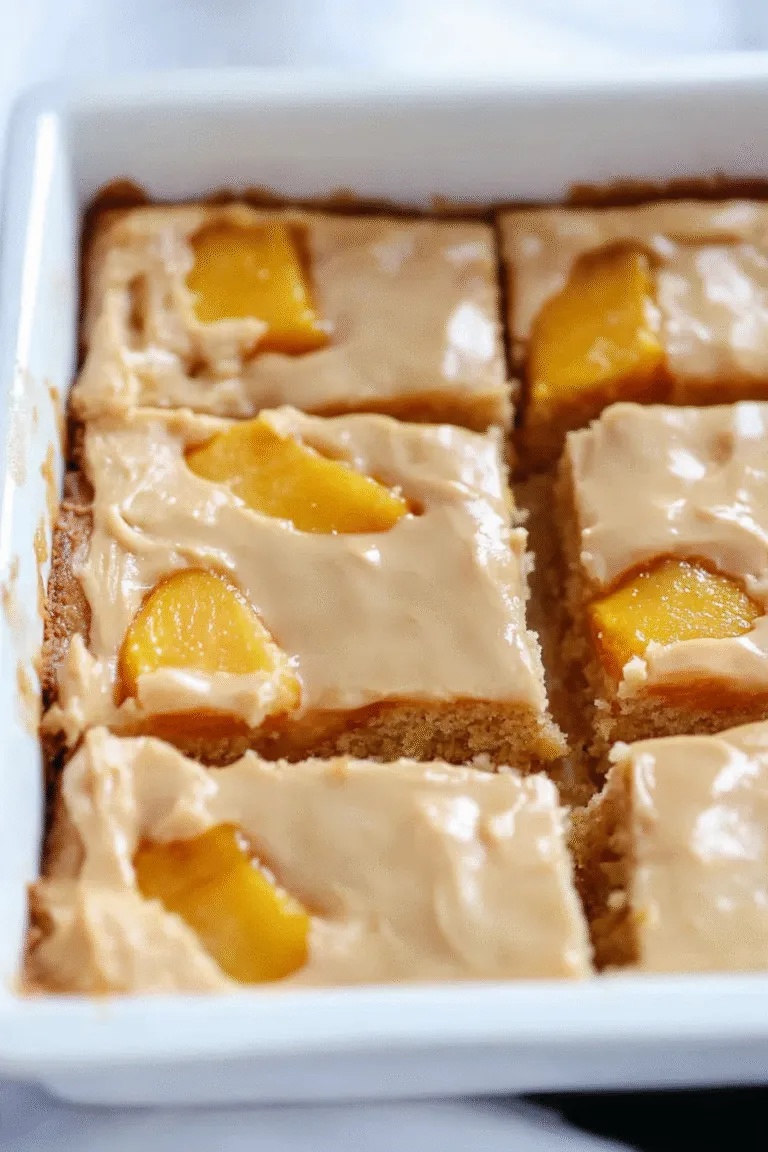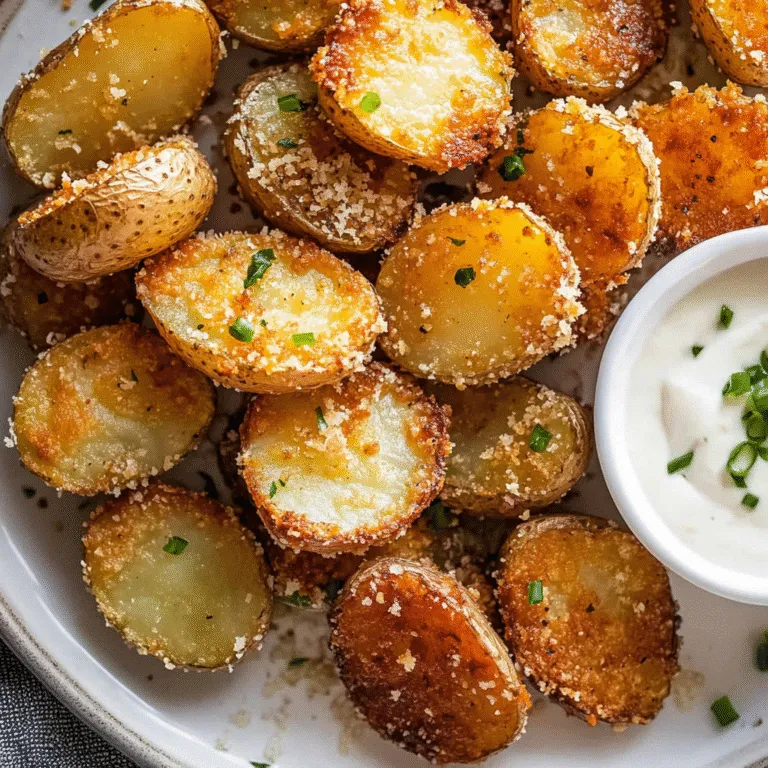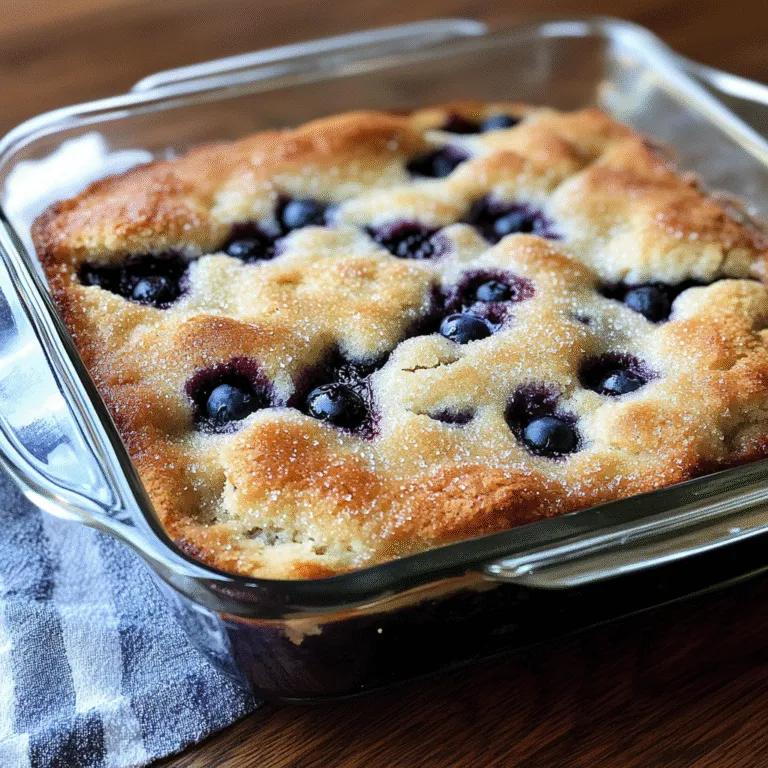A classic caramel cake is rich, buttery, and layered with smooth, slow-cooked caramel that soaks into every crumb. This timeless dessert is the definition of indulgent comfort.
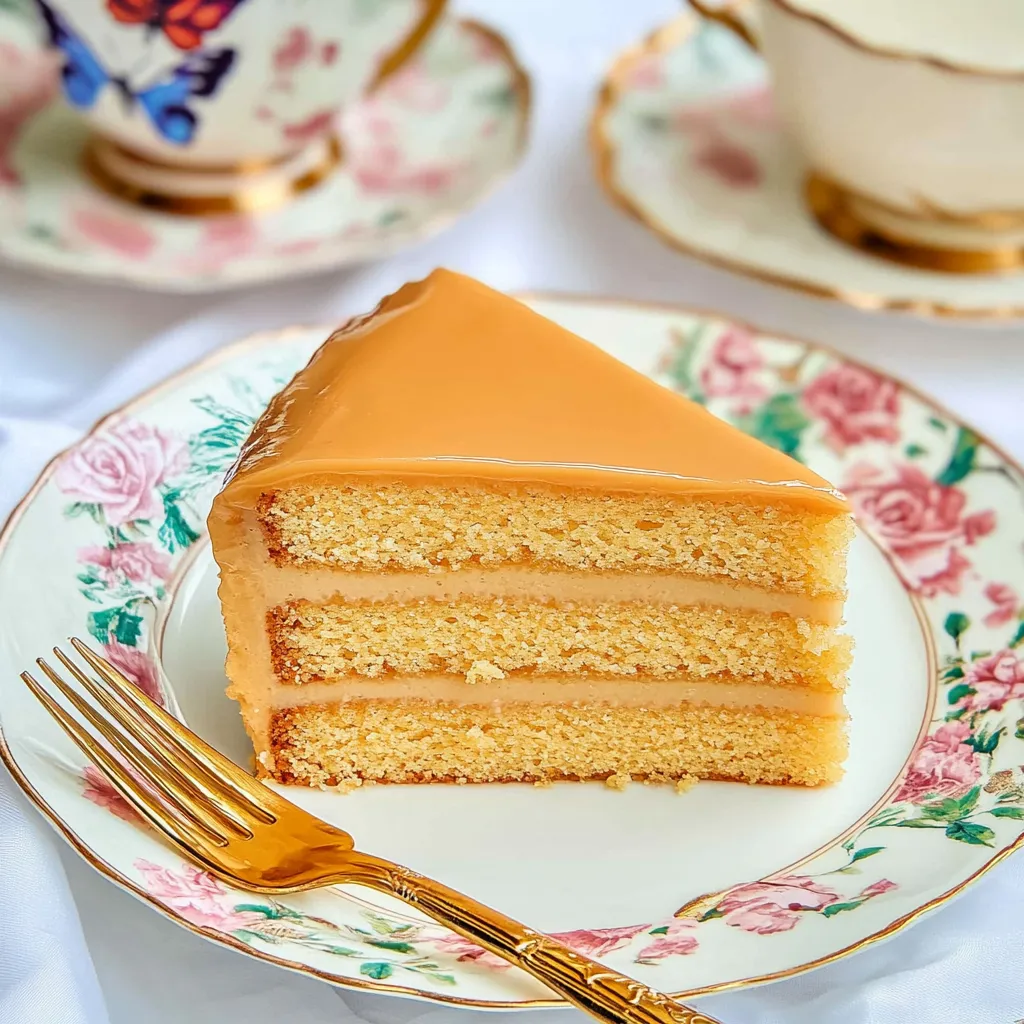
With a tender, golden vanilla cake base and a velvety caramel icing poured generously between layers, this caramel cake is as stunning to look at as it is satisfying to eat.
Key Ingredients That Make This Caramel Cake Irresistible
- All-purpose flour – The sturdy foundation of the cake, creating a tender yet supportive crumb for the luscious icing.
- Unsalted butter – Rich, creamy fat that makes the cake moist and adds depth to both batter and caramel icing.
- Granulated sugar – Sweetens the cake while helping create structure and caramelize during baking.
- Eggs – These bind the batter and enrich it, contributing to a velvety texture and golden hue.
- Vanilla extract – Balances the sweetness and adds warmth to both cake and icing.
- Whole milk – Delivers moisture and richness to the cake layers and smoothness to the icing.
- Light brown sugar – The heart of the caramel flavor, its molasses undertone is what gives the icing its signature depth.
- Heavy cream – Adds luxurious texture and helps the caramel icing pour smoothly and set beautifully.
- Confectioners’ sugar – Thickens the caramel icing while keeping it soft enough to spread or drizzle.
How to Make Caramel Cake – A Brief Look
Start by mixing your dry ingredients and creaming butter with sugar until light and fluffy. Add the eggs and vanilla, followed by alternating the dry ingredients with milk.
Divide the batter between three pans and bake until golden and springy. As they cool, prepare the caramel icing by boiling brown sugar, butter, cream, and milk until thick and glossy.
Once slightly cooled, beat in the powdered sugar until spreadable. Stack the cooled cakes, layering with caramel icing, and finish with a smooth coat all over. Chill to set and enjoy the masterpiece.
Sweet Success – Tips for Perfect Caramel Cake Every Time
When making caramel icing, patience is key—allow the sugar mixture to reach the right temperature (230–235°F) for that thick, pourable consistency. If it cools too quickly, reheat gently or use a hot spatula to continue smoothing the icing.
Ensure all cake ingredients are at room temperature to avoid overmixing, which can make the cake dense. If your cake layers bake unevenly, simply level them with a serrated knife or use cake strips for even rising.
Don’t worry if the icing sags or drips—it’s part of the rustic charm. Let it set slightly before serving for that perfect sliceable finish.
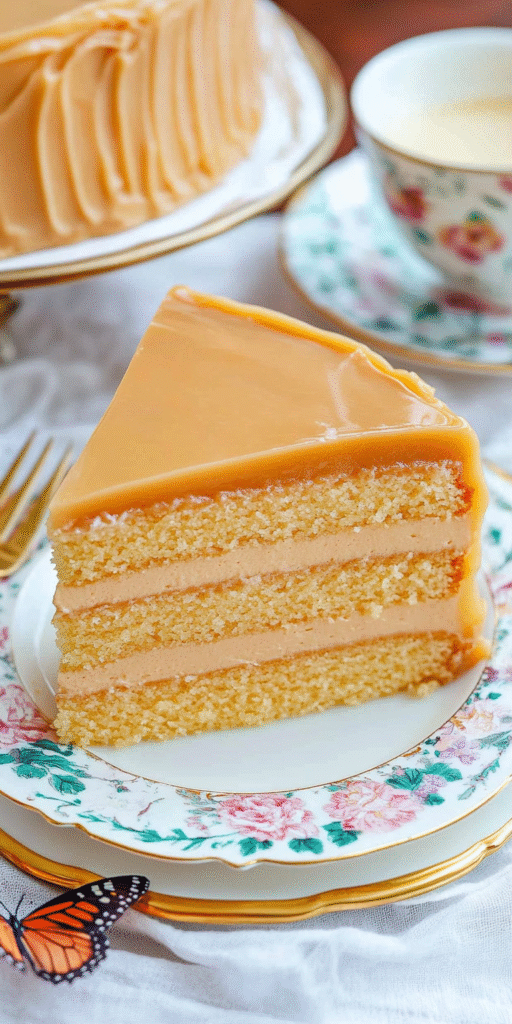
Keep It Fresh – Storing Caramel Cake the Right Way
Store your caramel cake covered at room temperature for up to three days to maintain its soft crumb and gooey icing. If you need to keep it longer, refrigerate tightly covered for up to five days—just bring to room temperature before serving.
For freezing, wrap individual slices or layers in plastic wrap and then foil. Thaw overnight in the fridge or at room temp for a few hours. The caramel will soften naturally and remain deliciously glossy.

Homemade Caramel Cake
Ingredients
For the Cake:
- 1 tablespoon vanilla extract
- 1 cup whole milk 240ml
- ½ teaspoon salt
- 2 teaspoons baking powder
- 3¼ cups all-purpose flour 390g
- 5 large eggs
- 1½ cups unsalted butter softened (340g)
- 2½ cups granulated sugar 500g
For the Caramel Icing:
- ½ cup whole milk 120ml
- ¾ teaspoon salt
- ½ cup heavy cream 120ml
- 3 cups packed light brown sugar 660g
- 1½ cups confectioners’ sugar 180g
- 1½ cups unsalted butter 340g
Instructions
For the Cake:
- Set the oven to 350°F and prepare three 9-inch round cake pans by greasing and flouring them thoroughly. In a mixing bowl, combine flour, baking powder, and salt using a whisk. In a large bowl or the bowl of a stand mixer, cream the butter at medium speed until smooth, then incorporate the sugar and continue to beat until the mixture is pale and fluffy, about 5 minutes. Beat in the eggs individually, ensuring each is fully mixed before adding the next, and scrape down the bowl as needed. Mix in the vanilla extract. Reduce the mixer speed to low, then alternate adding one-third of the dry ingredients with half of the milk, repeating the process until all components are fully blended, scraping down the sides intermittently. Evenly distribute the batter across the prepared pans. Bake for 30 to 35 minutes until the centers spring back to touch and the cakes begin to pull away from the edges. Cool in the pans for 20 minutes, then gently loosen and invert onto wire racks to cool entirely.
For the Caramel Icing:
- As the cakes cool, place brown sugar, butter, milk, cream, and salt into a medium saucepan. Set over medium heat and bring to a boil while stirring frequently. Once boiling, continue stirring constantly until the mixture reaches a temperature between 230°F and 235°F, about 5 to 10 minutes. Transfer to a mixing bowl and allow to cool for 20 minutes or until it begins to thicken (around 150°F), stirring from time to time. With a whisk attachment, beat the caramel mixture on medium-high for 10 minutes. Gradually add the confectioners’ sugar and beat until the icing reaches a thick, spreadable consistency that slowly pours.
- Place the first cake layer onto a serving plate or stand. Spoon about ½ cup of icing on top, spreading to the edges with an offset spatula and smoothing out any overflow. Repeat the process with the second layer. Position the final layer on top and apply a thin crumb coat around the entire cake. Finish by spreading the remaining icing over the top and sides. Chill the cake for 30 minutes to allow the icing to set. Store covered at room temperature for up to three days.


